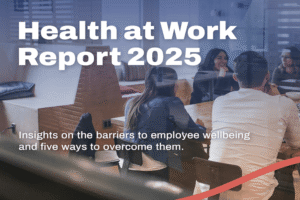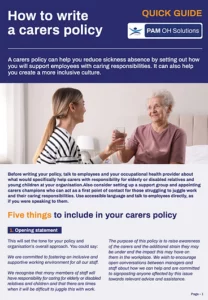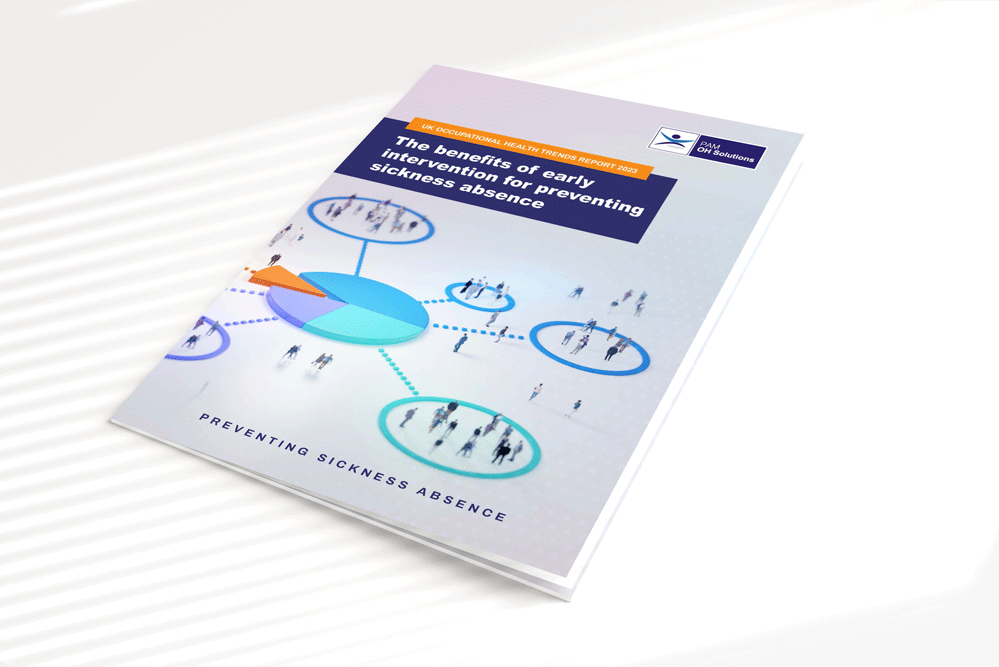
Benefits of early intervention report
- Referring people into occupational health before they become too sick to work can reduce absence by 64%
- Despite the benefits of early OH intervention for reducing sickness absence, 38% of managers wait until the employee goes absent before offering support
- More than one in two (55%) of absent employees are only referred into occupational health once they’ve been off sick for over a month
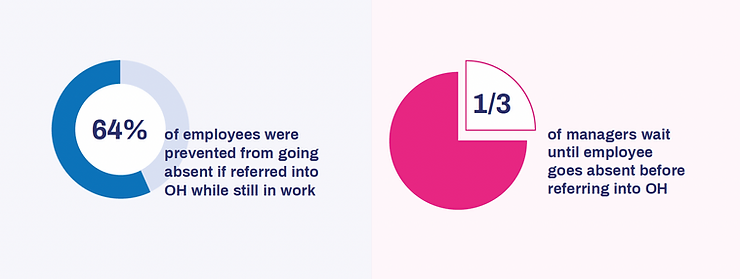
There is a direct correlation between the time taken to refer employees into occupational health and their recovery time:
- -91% of people referred into OH, while they were still in work, were expected to be in work one month later. This compares to just 45% of those referred between 1-2 months of absence and 27% of those who had been off for over six months.
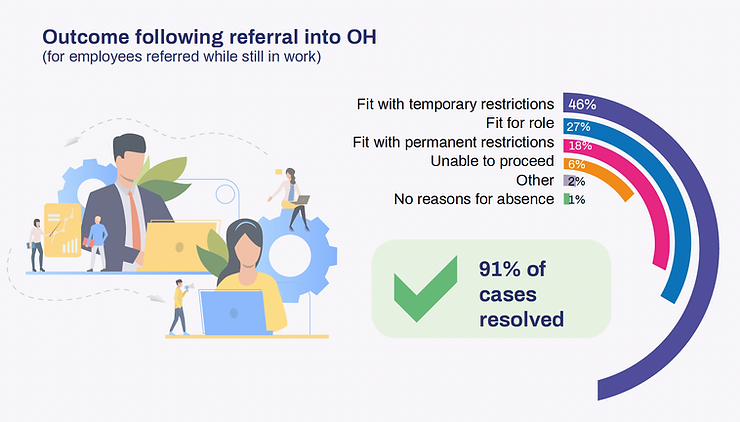
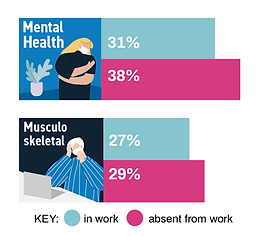
The main driver of sickness absence were mental health issues, such as stress, anxiety and depression. This was closely followed by musculoskeletal (MSK) issues such as back and muscle or joint pain.
The benefits of early intervention for employers
By referring employees into occupational health at the first niggle, employers can dramatically increase their ability to help people recover and stay in work.
Imogen Cardwell, clinical operations director, PAM OH, says, “Our data analysis shows the positive impact that referring people into occupational health, before they become too sick to work, can have on preventing absence. Providing people with access to expert support, such as physiotherapy or mental health counselling, was able to prevent two-thirds of people from going absent.”
She adds, “At a time when the government has just set aside £400m to increase take up of occupational health services, it’s essential that employers view this as a first port of call of keeping people in work, instead of a last resort for resolving absence. 91% of people referred into occupational health at the earliest opportunity were expected to be in work a month later, compared to just 27% of those referred after six months of absence.”
Dr Bernard Yew, medical director for PAM OH adds, “Managers have an important role to play as they are often the first person to notice when an employee is struggling. Unfortunately, nearly two fifths of managers are waiting until employees go off sick before offering support. Even though slight adjustments to their role, such as allowing someone who is struggling to sleep due to anxiety to start work a bit later, can help someone to stay in work while they recover. As soon as an employee goes off sick, the likelihood of them returning to the workplace is significantly reduce
For the full findings on the benefits of early intervention for reducing sickness absence, download the full report. It also features expert tips on how to take a more proactive approach to occupational health at your organisation.
The benefits of early intervention Free webinar: 9.30am - Tuesday 27 June 2023

Find out how a more proactive approach to OH can reduce sickness absence by 64%
Related Insights
Health at Work report
Free guide to writing a carers policy
How to write a cancer policy
Occupational health insights on keeping your people healthy and productive
Want to have our latest research, case studies and opinions
delivered straight to your inbox?


